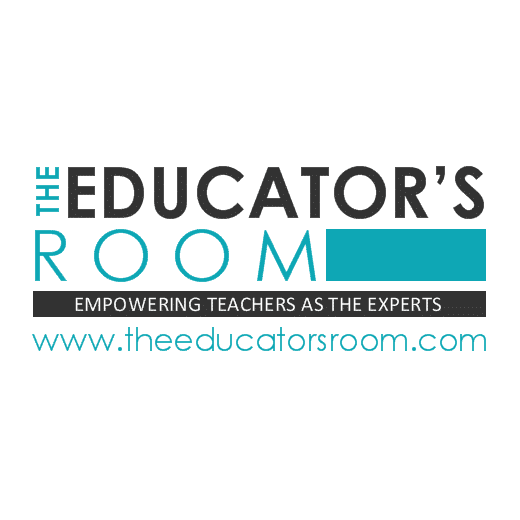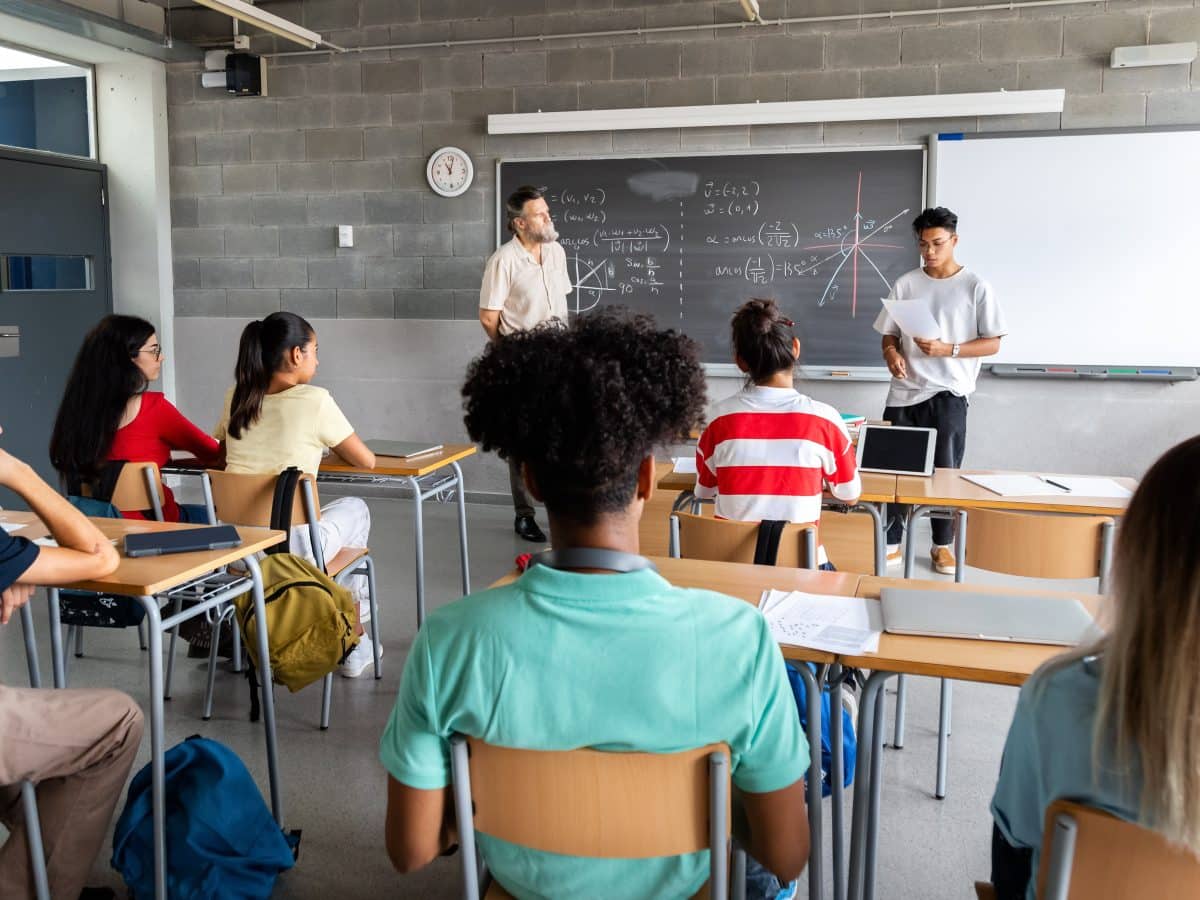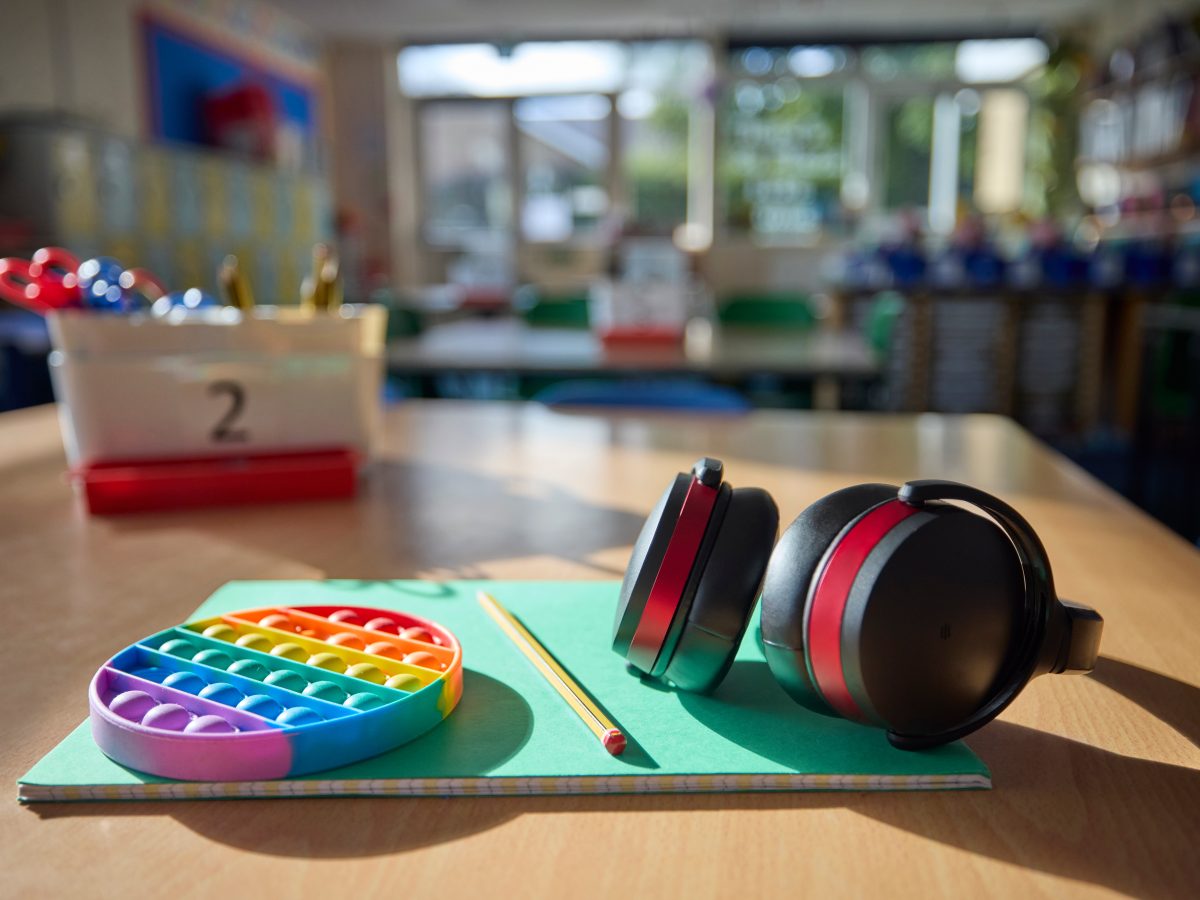The looming presidential election this fall provides the kismet to see our last four years through the standard “Are you better off now than you were four years ago?” while posing that same question to ourselves as public educators: Am I, as a teacher in America, better off now than I was four years ago? […]
Echoes of Regret: Keep work relationships professional
Our newest column features stories told directly to our Lifestyle Editor, M. Shaw. These topics are meant to explore stories not told in education. All submissions can be sent to info@theeducatorsroom.com. The Stoney Island High School of Science bustled with the energy of eager students and dedicated teachers alike. Emi navigated the crowded halls with […]
A Lesson in Block Building Left Me Asking: How Might We Support a Paraprofessional Today?
Transitioning majors in college led me to embrace a role as a floater paraprofessional, eager to explore and support in the realm of education. “Rutledge, room 32”- Walking down the hallway you see art on the walls and shiny floors glimpses into other classrooms and you arrive at room 32. Open the door and you […]
The Scaffold and The Lift: Differentiation to support every student
In a single school day, teachers make approximately 1,500 decisions. If, in one 45-minute class period, a high school teacher makes roughly 218 decisions as they teach, then they have only a short window of time to create lesson plans, update grades, upload assignments, write emails, and perform other tasks that can distract attention from […]
Nurturing social-emotional learning for students with autism
In the realm of education, one size certainly does not fit all. As educators, it’s our responsibility to ensure that every student, regardless of their abilities or challenges, has the opportunity to thrive. For students with autism, social-emotional learning (SEL) is not just a curriculum; it’s a lifeline – a pathway to understanding, connection, and […]
Shifting the misperception of American educators
If social media can be counted on for anything, it is reliable in the ability to tick me off and throw me into a spiral of rage-induced overthinking. The most recent spark came from a simple meme stating, ” I read today that in Denmark, empathy is taught as a school subject. We really should […]
Universal Design is where the magic happens
Universal Design supports educators not by diluting instruction to meet learners at their current level but by devising ways to make learning accessible for every learner. Picture being a learner who hears phrases like: “I have a 9th-grade learner who reads on a 1st-grade level. There’s no way I can have them engage in the […]
Writing in Reverse: A strategy to strengthen student writing
In the high school English classroom, one assessment continues to reign supreme: the essay. Informative, argumentative, and narrative essays have stood the test of time and for good reason. Essays allow students to showcase a multitude of skills across the common core, from research to literary analysis, creative writing to conventions. Not to mention the metacognitive […]








